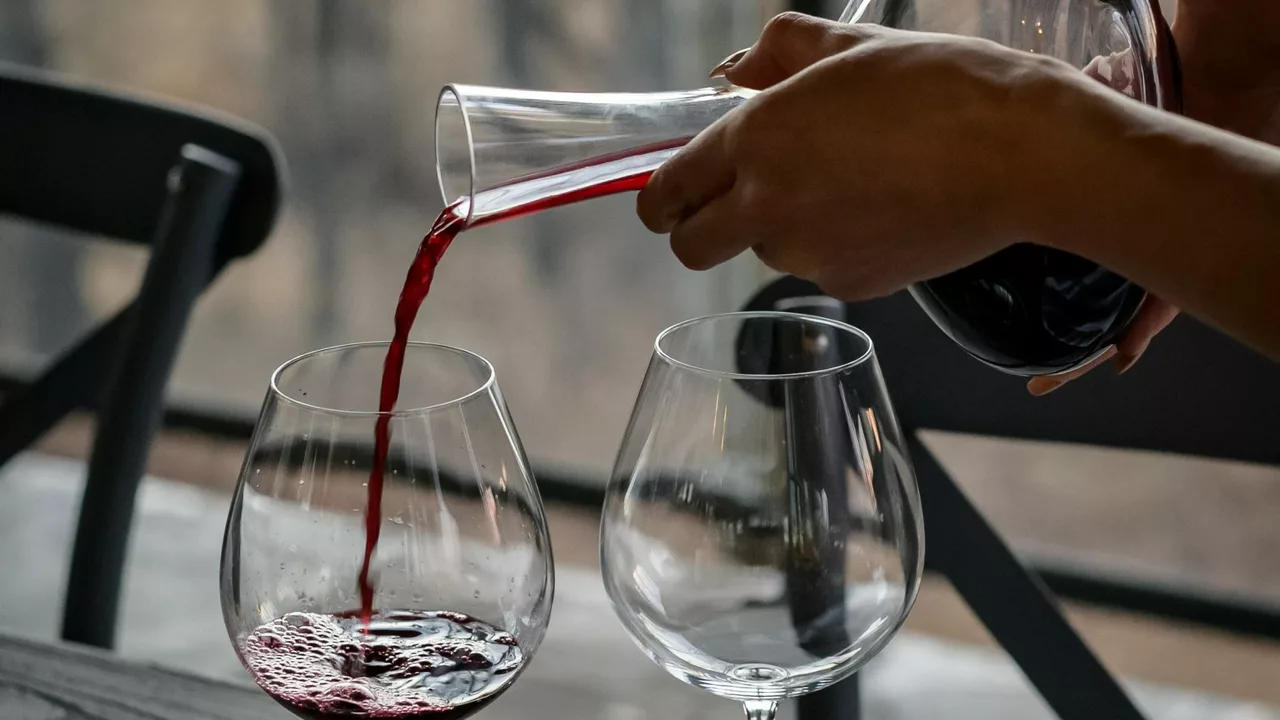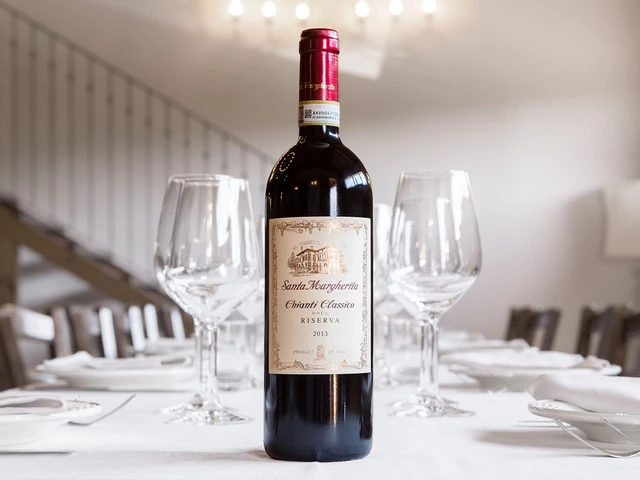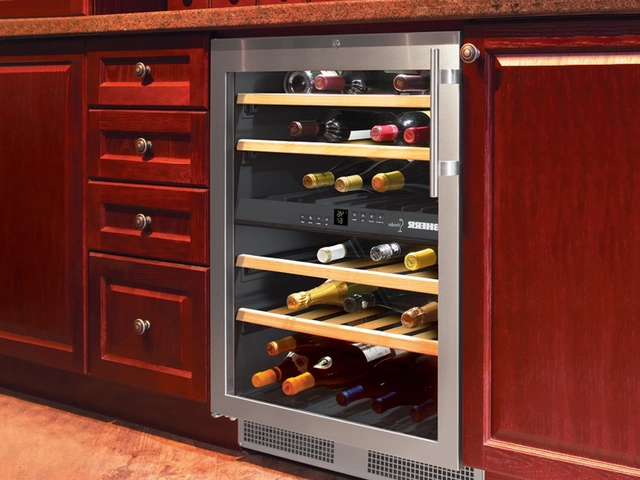Understanding The Concept of 'Letting Wine Breathe'
As a wine enthusiast, you might have heard the phrase "letting wine breathe" quite often. But what does it truly mean? In simple terms, when people say a wine needs to breathe, they are referring to the process of exposing the wine to air, or more specifically, oxygen. This exposure allows the wine to open up, triggering a chemical process that can enhance its aromas and flavors. It's a bit like stretching our muscles before a workout. However, not all wines need to breathe and understanding when to let your wine breathe can make a difference in your wine tasting experience.
The Science Behind 'Wine Breathing'
Wine is a complex beverage, with hundreds of compounds that contribute to its taste and aroma. When wine comes into contact with air, it undergoes a process called oxidation. This process can change the aroma, flavor, and color of the wine. Oxidation can also help to soften the tannins in the wine, making it less harsh and more pleasant to drink. However, too much oxidation can spoil the wine, turning it into vinegar. So, a controlled exposure to air is the key when it comes to letting your wine breathe.
How to Let Your Wine Breathe
There are several ways to let your wine breathe. The most common method is to simply open the bottle and let it sit for a few hours before serving. However, this is not always the most effective way, as the narrow neck of the bottle limits the amount of wine that is exposed to air. A better option is to decant the wine. By pouring the wine into a decanter, you increase the surface area of the wine that is exposed to air, speeding up the oxidation process. This can be particularly beneficial for older, more complex wines, which often need more time to breathe.
Signs That Your Wine Needs to Breathe
Not all wines need to breathe. Young, fresh whites and rosés, for example, are usually ready to drink straight from the bottle. However, full-bodied reds and older wines often benefit from some breathing time. Signs that your wine might need to breathe include a harsh, tannic taste, or a closed-off or muted aroma. If your wine tastes better after it's been in your glass for a while, that's a good indication that it needs to breathe.
When Not to Let Your Wine Breathe
While many wines benefit from some breathing time, there are some that should be served immediately after opening. Older wines, particularly those that are delicate or fragile, can lose their aromas and flavors if exposed to air for too long. Similarly, sparkling wines should be served straight away, as they can lose their fizz if left to breathe. So, it's important to know your wines and understand when they might benefit from some breathing time and when they might not.
Using a Wine Aerator to Speed Up the Process
If you're in a hurry and don't have time to let your wine breathe naturally, a wine aerator can be a handy tool. An aerator is a device that you pour wine through to increase its exposure to air. By forcing the wine to mix with air, the aerator speeds up the oxidation process, allowing the wine to breathe more quickly. It's a convenient way to improve the taste of your wine, especially if you're entertaining guests and don't have hours to wait for your wine to breathe.
Decanting: An Art and Science
Decanting is not just a way to let your wine breathe, but it's also an art and science in itself. It requires careful handling, especially with older wines that may have sediment at the bottom. Decanting such wines slowly and carefully helps separate the clear wine from the sediment, improving the taste and clarity of the wine. Furthermore, using a beautiful decanter can enhance the overall wine drinking experience.
Factors That Influence Wine's Need to Breathe
Several factors can influence how long a wine needs to breathe. These include the type of wine, its age, and its tannin content. For instance, a young, tannic red like a Cabernet Sauvignon might need several hours to breathe, while an older, delicate wine might need just a few minutes. The best way to determine how long to let your wine breathe is through personal preference and experimentation. Remember, wine is a personal journey, and what works for one person might not work for another.
Does White Wine Need to Breathe?
While it's often said that red wines need to breathe, what about white wines? The truth is, some white wines can also benefit from breathing. Rich, full-bodied whites like Chardonnay can often gain complexity and depth of flavor with a little bit of air. However, light, fresh whites like Sauvignon Blanc are usually best served straight from the bottle. Again, the key is to understand your wines and know when they might benefit from some air.
Conclusion: Breathing or Not, Enjoy Your Wine
While understanding the concept of letting wine breathe can enhance your wine tasting experience, it's important to remember that wine is ultimately about enjoyment. Whether your wine needs to breathe or not, the most important thing is that you enjoy it. So, pour yourself a glass, sit back, and savor the moment. Cheers to that!















